Entry Category: Sites and Artifacts - Starting with P
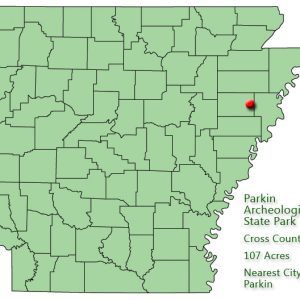 Parkin Archeological State Park: Park Location
Parkin Archeological State Park: Park Location
 Parkin Archeological State Park
Parkin Archeological State Park
 Parkin Archeological State Park
Parkin Archeological State Park
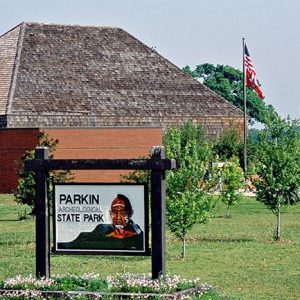 Parkin Archeological State Park
Parkin Archeological State Park
Parkin Historic Site
Peeler Bend Canoe
Petit Jean Rock Art Sites
Plum Bayou Mounds Archeological State Park
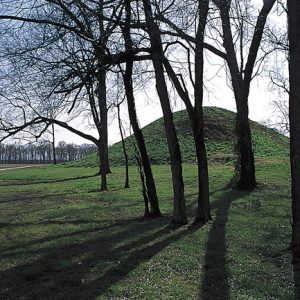 Plum Bayou Mounds Archeological State Park
Plum Bayou Mounds Archeological State Park
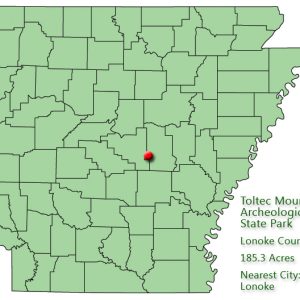 Plum Bayou Mounds Archeological State Park: Park Location
Plum Bayou Mounds Archeological State Park: Park Location
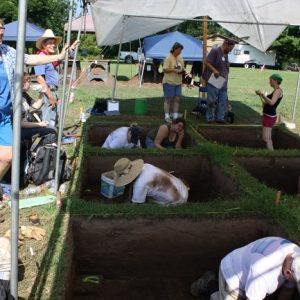 Plum Bayou Mounds Excavation; 2010
Plum Bayou Mounds Excavation; 2010
 Plum Bayou Mounds Excavation; 2010
Plum Bayou Mounds Excavation; 2010
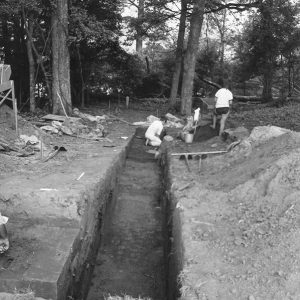 Plum Bayou Mounds Excavation Trench
Plum Bayou Mounds Excavation Trench
 Plum Bayou Mounds Park Personnel
Plum Bayou Mounds Park Personnel
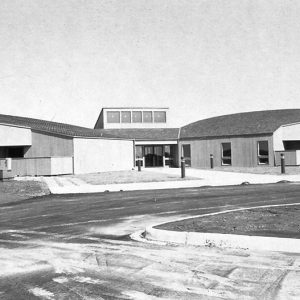 Plum Bayou Mounds Visitors Center
Plum Bayou Mounds Visitors Center
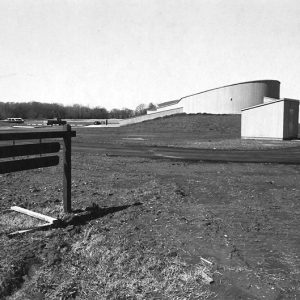 Plum Bayou Mounds Visitors Center
Plum Bayou Mounds Visitors Center
 Plum Bayou Mounds Visitors Center
Plum Bayou Mounds Visitors Center
 Plum Bayou Mounds Walkway
Plum Bayou Mounds Walkway
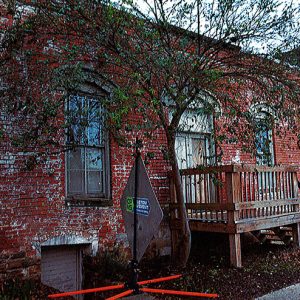 Produce Warehouse Side Entrance & Deck
Produce Warehouse Side Entrance & Deck




